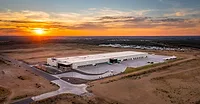FOOD ENGINEERING’s 45th annual plant construction survey
Supply chain issues continue to impact project planning and construction.
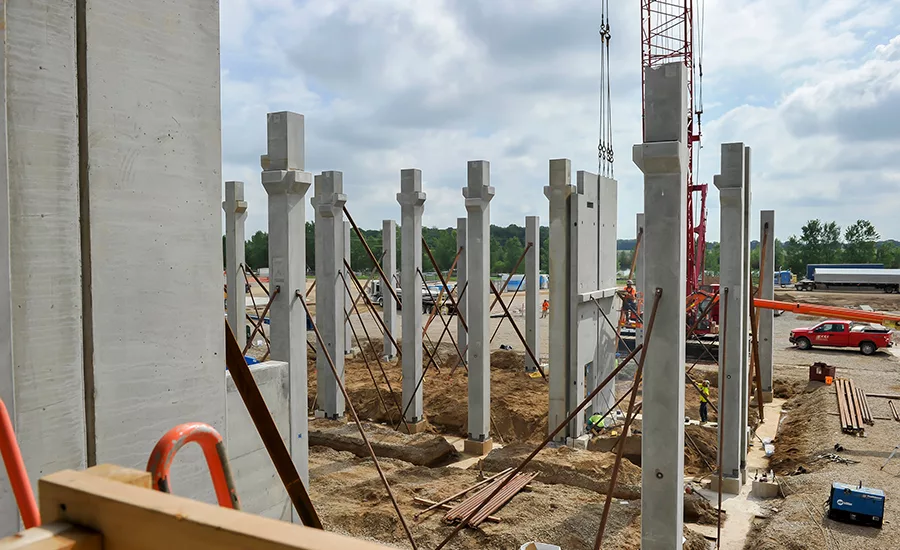
Photo courtesy of Shambaugh & Son.
Disruption
We often think of new technologies being disruptive—and in a good way. However, in the last couple of years disruption means exactly “disruption,” and A M King Vice President Dan Crist sums up major disruptors as supply chain issues, extended material lead times and high demand—all driving up the costs of construction projects. While food processors push ahead with projects to expand capacity, project completion dates become moving targets.
A&E/C firms not only see disruptions with the delivery of materials, but also finding qualified labor. And now they have potentially a new competitor for an already strained labor force—the Biden Administration Infrastructure Bill, which will likely cause even more strain on the labor shortage if road, bridge and utility projects commence, says Crist.
With labor issues continuing to dominate, both in construction labor availability as well as ongoing operations, food manufacturers are looking to areas where they can build quickly and efficiently, says David Ziskind, Black & Veatch director of engineering. “Manufacturers are also seeking out areas to build where the business climate is favorable—where they can access utilities quickly and efficiently, and where local governments have streamlined the permitting process. With the Biden Administration’s push on sustainability and infrastructure, manufacturers are looking to their own plans as well as how they can take advantage of infrastructure improvements, such as water, roads and bridges, internet and clean energy.”
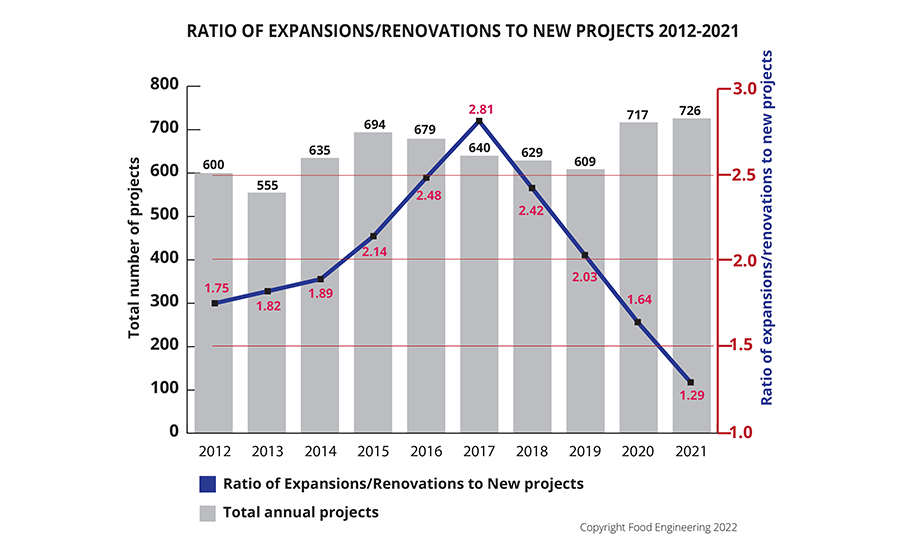
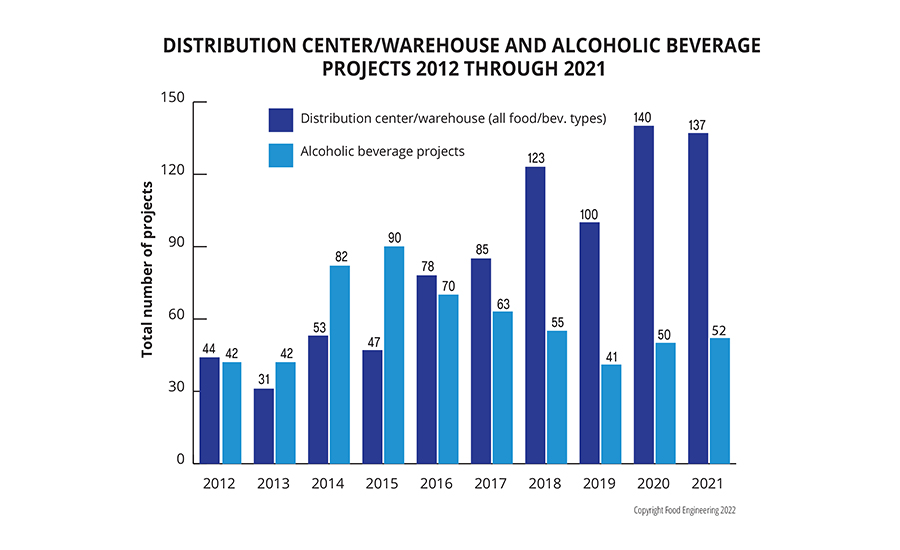
Inflation
To minimize disruption and its effects on construction projects, many food processors have been wanting to transfer the increased risks of economic uncertainty and environmental factors such as material availability, inflating costs and health concerns to A&E/C firms to manage and absorb, says Brook Schroeder, Shambaugh & Son mechanical process group program manager. Why? Ron Stewart, specialty process products program manager at Shambaugh, points out that even items that used to be on the shelf—like valves and doors—are 3, 6, even 12 months out. “Availability of electronic parts is the reason we are being told by our suppliers,” says Stewart.
If you could sum up all of these issues, what do you get? Inflation. It’s like a perpetual motion machine without any friction, which keeps getting larger and spinning out of control. “Inflation pressures are causing costs for labor, fuel, materials like steel and insulated metal panels, and equipment to increase, and there are continued shortages of materials resulting in long lead times,” says Ronald Rens, president, Gleeson Constructors & Engineers. “Suppliers will not hold pricing for more than 30 days. It is challenging to hire skilled tradesmen due to people receiving unemployment during the pandemic, retirements and the lack of young people entering the trades. Cost for construction projects will continue to increase in the next year,” adds Rens.
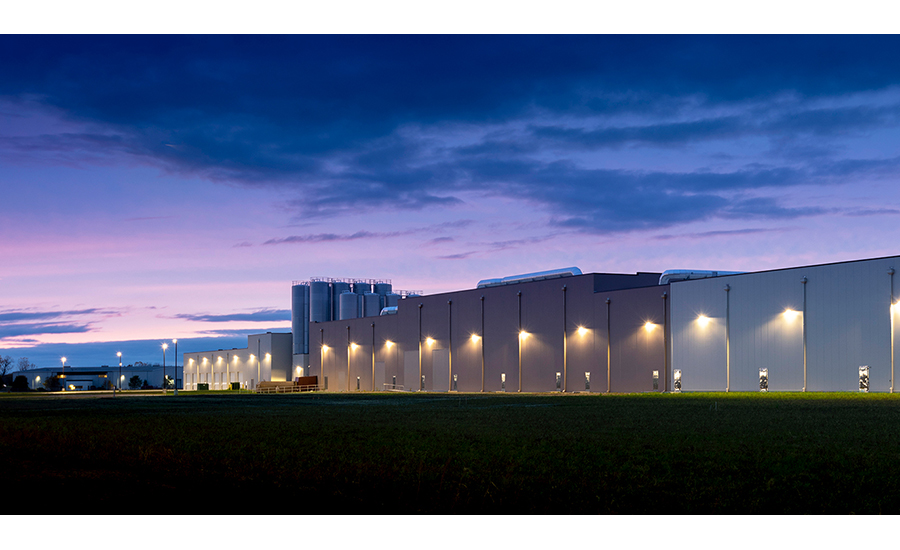
“Over the past couple of years, we’ve seen both increases due to global supply chain issues and labor shortages leading to higher overall project costs, extended lead times for equipment and materials, and extended construction schedules,” says Hixson’s Chris Jarc, VP and manager, project management. “Of course, overall inflation, which is being fueled by the supply chain issues, is also a contributing factor to higher costs as well. These problems are intertwined: Project schedules are getting longer because of extended lead times for equipment and materials and labor shortages, while project costs are going up because lead times are longer.”
These issues are causing food and beverage companies to look at their business objectives in different ways, adds Jarc. Some are loosening their return on investment (ROI) requirements: where they once wanted a 20% ROI, for example, they now may accept a 15% ROI. Others are tightening their focus on project costs, drilling into every line item to squeeze out excess costs. Still others are simply ending projects that won’t achieve the required ROI. “While there is not an exact science behind these different approaches, we tend to see additional ROI flexibility in new product launches, and the tightening approach on maintenance and renovations,” says Jarc.
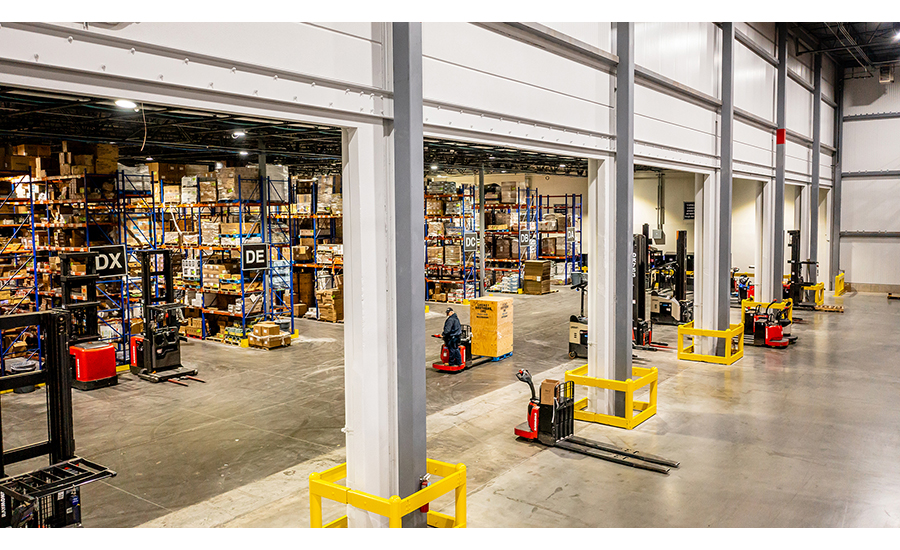
New needs, new collaboration
Not only has the COVID-19 pandemic changed the way consumers purchase food, it has caused a rethink of facilities—with new concerns for interior spaces, says Timothy Nguyen, ESI Group USA senior vice president. “Increased workflow space, employee welfare areas, multiple shifts alignments, and new security practices have to be implemented. Food plants have always placed high scrutiny on food and product safety integrity. That same emphasis must now be applied to employee and worker safety interaction with each other and the food product itself. These new trends will affect food facility sizes, layouts, space programming, and security infrastructure.”
To lessen the severity of many of the issues above, A&E/C firms are taking a new approach in working with processors. “We are seeing a shift in the industry, moving from a traditional design-build delivery model to a true, integrated project delivery (IPD) with a focus on lean and high-collaborative methods,” says Jason Robertson, CRB VP food + beverage. Food manufacturers are expanding beyond the classic speed, cost and quality and weaving in flexibility, sustainability and team engagement. In a marketplace crowded with competitors and constrained by labor and supply chain challenges, aspiring for a perfect score across all of these attributes is the only way to succeed.” IPD offers a framework for completing capital projects faster and more cost-effectively through collaboration and shared accountability.
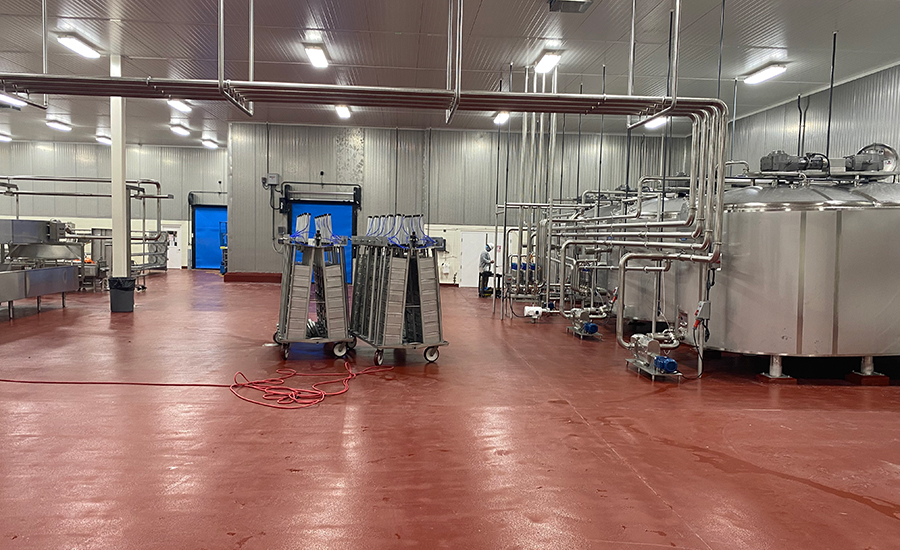
Technology and the future
To deliver the speed-to-market described above, automation technologies will help. “We are seeing an uptick in the number of renovation and expansion projects where the scope includes integrating, automating and controlling a mixed fleet of legacy technology with new OEM equipment,” says Tom Wiersma, IPM business development manager. The motive, of course, is to substantially increase uptime while conserving capital.
“Trends we see emerging are ongoing network optimization, increased automation to reduce human resources in production facilities, and adapting to resource availability constraints,” says Jens Ebert, SSOE VP and division manager, food & consumer products. “We are also seeing increased business interest in ESG-driven (environmental, social, governance) projects such as waste minimization, heat recovery, and water use reduction. We have seen many projects focused on increased production capacity to meet changing market demands, and the trends toward eating at home have resulted in less institutional packaging and more retail packaging within the same volume.”
One trend that is emerging in construction projects is utilizing digital transformation to effectively plan facility growth, says Jeff Jendryk, VP business development at Spec Engineering, a Gray company. Facilities can be duplicated electronically, and once the processing line is digitized, different scenarios can be run to see current and future performance metrics, potential labor savings and utility costs. Companies that sincerely want to increase their productivity are investing in these types of software to plan for future growth.
Looking for a reprint of this article?
From high-res PDFs to custom plaques, order your copy today!






